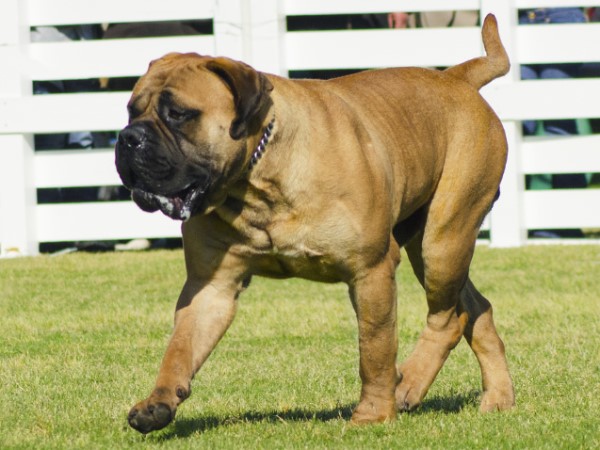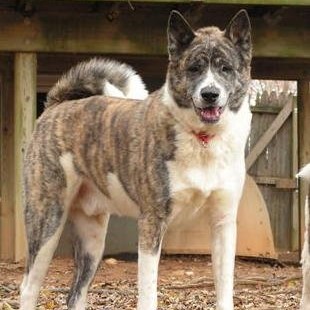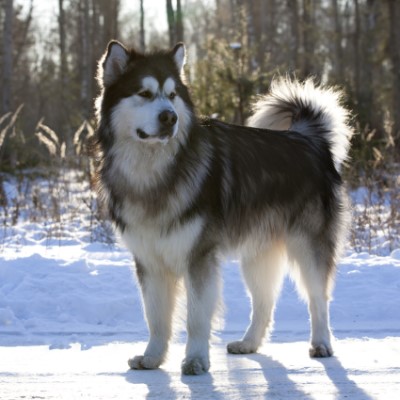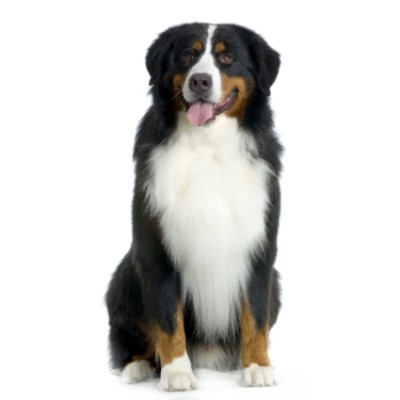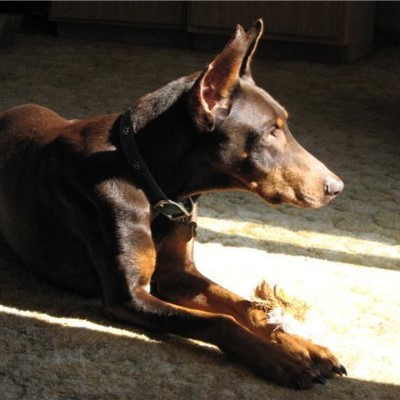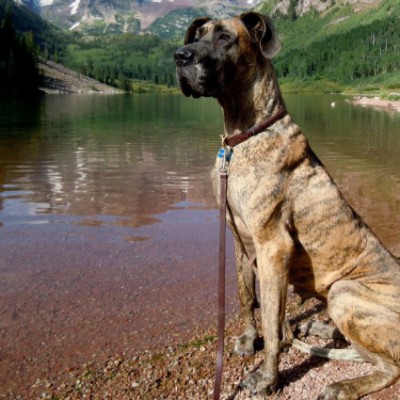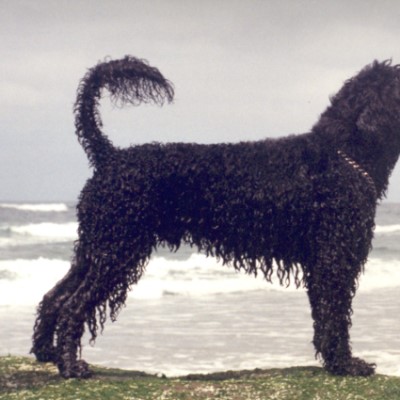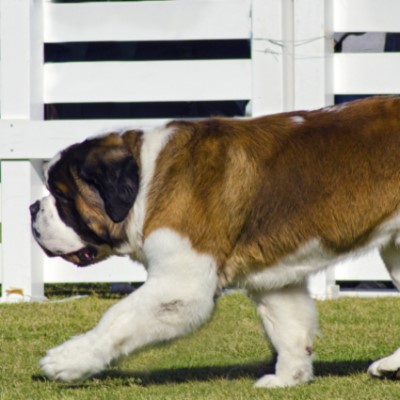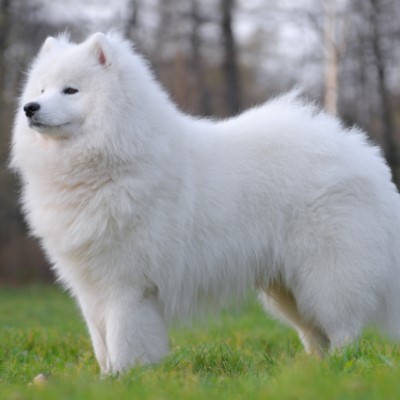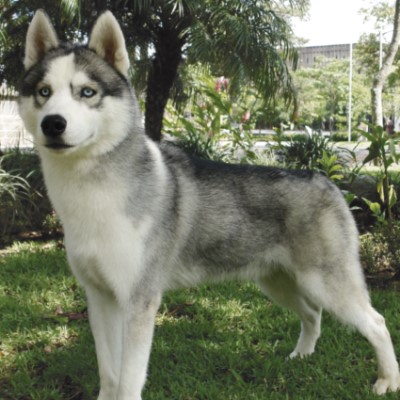Common Reasons for Surrender
The most common reasons Bullmastiffs are surrendered are the costs of keeping a big dog, and the fact that people did not educate themselves about the breed before they adopted one into their family. With the downturn in the economy, some owners have to move, lose a job, or simply can’t afford the veterinarian bills.
Pros
Bullmastiffs are a low maintenance breed and their short hair means they do not need a lot of grooming. If you clean the ears, trim the nails, and brush them occasionally, they are good to go. They are lower energy for the most part and are happy with one or two walks a day or a quick romp in the backyard if it's not too hot.
Cons
The Bullmastiff is a big dog and ideally needs a fenced yard. If you don’t have a fenced yard, the adult will need to walk the dog. The Bullmastiff can be dog aggressive and, therefore, cannot be taken to a dog park and let off the leash.
Many Bullmastiffs are same sex aggressive and need to be the only dog in the home or perhaps live with a dog of the opposite sex. Although many Bullmastiffs do not drool, some do.
Diet
A Bullmastiff will eat 1 ¼ to 1 ½ cups of good quality dry food twice a day. A large male may eat 1 ¾ cups twice a day. Bullmastiffs seem to do better on a grain-free dog food, but a number of them will do fine on Pedigree.
Exercise
The Bullmastiff is known to get a burst of energy and go from zero to 60 MPH on a whim. Bullmastiffs need to be walked on a leash or in a fenced-in field or large yard area. You can let the Bullmastiff outside for 15 minutes a day a few times a day. A few of them will try to eat your bushes and sticks while others may take a sunbath.
Possible Health Issues
The most common cause of death in a Bullmastiff is cancer. Bullmastiffs are also prone to entropion eyelids, which require surgical correction, and knee ligament problems.
Housing
A family that has a Bullmastiff needs a crate and either a large field or backyard that is fenced in or someone who will faithfully walk the dog on a leash once or twice a day. A lot of people are afraid of dogs, and it’s better to crate a Bullmastiff than to let him out when company comes. It’s also better to crate the curious puppy than to let her go loose unsupervised because the puppy will chew whatever she finds, and intestinal obstructions are deadly and expensive to fix. If crated, the Bullmastiff may eat a little bit of the blanket at a time and you don’t realize it until he develops an obstruction.
 Grooming
Grooming
When shedding, the Bullmastiff needs to be brushed once or twice a day. When not shedding, brush your dog once a week. Sometimes bathing him will help the shedding. Some Bullmastiffs like having their nails done and some don’t. Because the Bullmastiff does not socialize well with other dogs, you may wish to find a mobile groomer who comes to your home and grooms from her truck. She can bathe the dog and do his nails in peaceful surroundings where there are not other dogs barking while you wait for your dog to be groomed.
Training
Your Bullmastiff will take over your home if given the opportunity. Obedience training is vital for Bullmastiffs. Some rescuers manage this big, strong dog by a lightweight pinch collar, which is said to be a gentle correction compared to the choker. If you connect your Bullmastiff to a harness, she will pull you like a sled. Most are food motivated and respond well to praise.
Entertainment
Bullmastiffs are intelligent and may enjoy playing with the Frisbee with you. Oftentimes, the Bullmastiff will enjoy a game of “find the hidden treat” because it exercises his scent abilities.
ADDITIONAL RESOURCES
https://www.facebook.com/pages/Bullmastiff-Rescue/280789846054
www.Bullmastiff.us/rescue
We want to thank American Bullmastiff Association and American Bullmastiff Association Rescue Services for help with this profile.
